Linear actuators are becoming increasingly popular, with many companies now choosing to replace their existing pneumatic cylinders with electric actuators. The electric cylinder high-performance actuator is fast becoming the preferred choice for factories and processing plants around the world. This is due to its increased energy efficiency controllability and much lower greenhouse gas emissions, which makes it a more environmentally friendly and cost-effective solution.
If you would like help in selecting the correct actuator for your application, our linear specialists are on hand and can assist you with your selection.

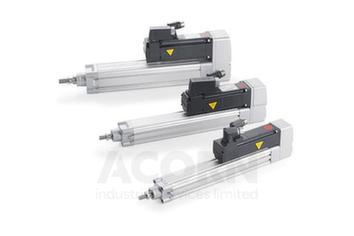
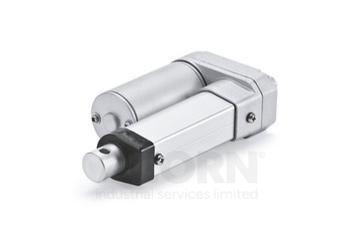
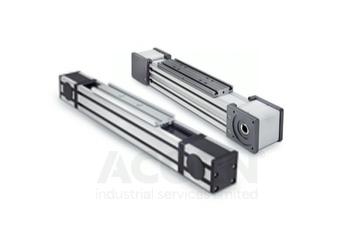
High-Performance linear actuators have powerful planetary roller screw drives and are based on the same telescopic push/pull capability as the electric actuator. We have High Performance linear actuators available complete with motors offering forces up to 500kN.
Electric actuators provide precise, accurate, and powerful backward or forward linear motion. Their ability to convert rotary energy and signals into linear motion makes them a unique type of actuators. We supply a complete set with a basic electric motor, typically 24v DC or 12v DC, but AC Servo Drive versions are also available with gearboxes to provide complex motion profiles with a variable choice of speed and force.
We supply different versions of positioning actuators that provide different performance characteristics. These actuators typically offer repeatability positioning from a few microns to 100 microns, with loads from a few grams to 1000s kg.
Linear actuators work by using various drive mechanisms, such as screws, belts, gears, rods, and motors, to convert the rotary motion of a standard motor into smooth linear motion.
All these are referred to as components, and they play a major in how linear actuators work.
Electric Motor: The actuator is driven by an electric motor, which generates rotational force. Gearbox assemblies are typically used for this purpose.
Gearbox: In between the motor and the actuator, there can be a gearbox. The Actuators force can be controlled by their gearboxes, which determine the speed and torque. There are different combinations of force/speed resulting from different gearing setups.
Screw Drive: During rotation, motion is converted into linear motion via the screw drive. As the output shaft of the gearbox rotates, the screw spins. In order to spin the screw, a captive block or nut must be mounted on it and move along its length.
Rod: Rod actuators have a rod assembly that is mounted to the nut and moves up and down the lead screw with the nut.
External housing: Most actuators are encased by an external housing that keeps the components perfectly aligned as well as protects them from the elements.
Other components: You may find other electronics within an actuator. This can vary a lot from model to model but some common components are end limit switches, potentiometers, and circuitry to support other functions.
Linear actuators can be used in applications involving lifting, lowering, sliding, adjusting and tilting objects. Linear actuators are very versatile and can be used in different industries. Some of the industries includes:
Food processing
Packaging
Factory automation
HVAC
Materials handling
Agriculture
Industrial Machinery
At ACORN industrial services, our offerings extend beyond just maintenance linear bearings. We are committed to providing other linear motion products to meet your industrial needs:

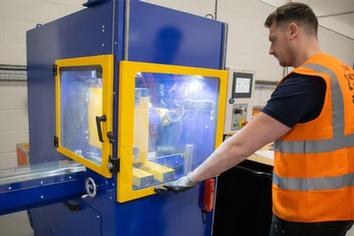
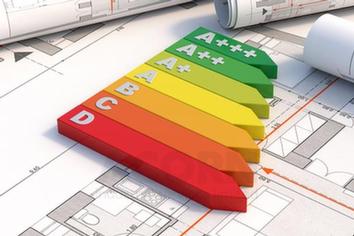
Linear actuators are a type of actuator that convert rotational motion in motors into linear or straight push/pull movements. They offer a potentially simple and quick solution for an X-Y or X-Y-Z stage. Belt driven actuators are very useful for long stroke applications, where strokes in excess of 10m are possible.
Linear actuators move objects to and fro in a straight line, while rotary actuators move objects at any angle required in a circular pattern. They can rotate at any set of angle required.
The most efficient type of actuator is electric actuator. They offer more precise motions and can be tightly controlled.
No, linear actuators are not self-locking, but a brake on the motor or on the guide system will give you the precise location and positioning required for your application.